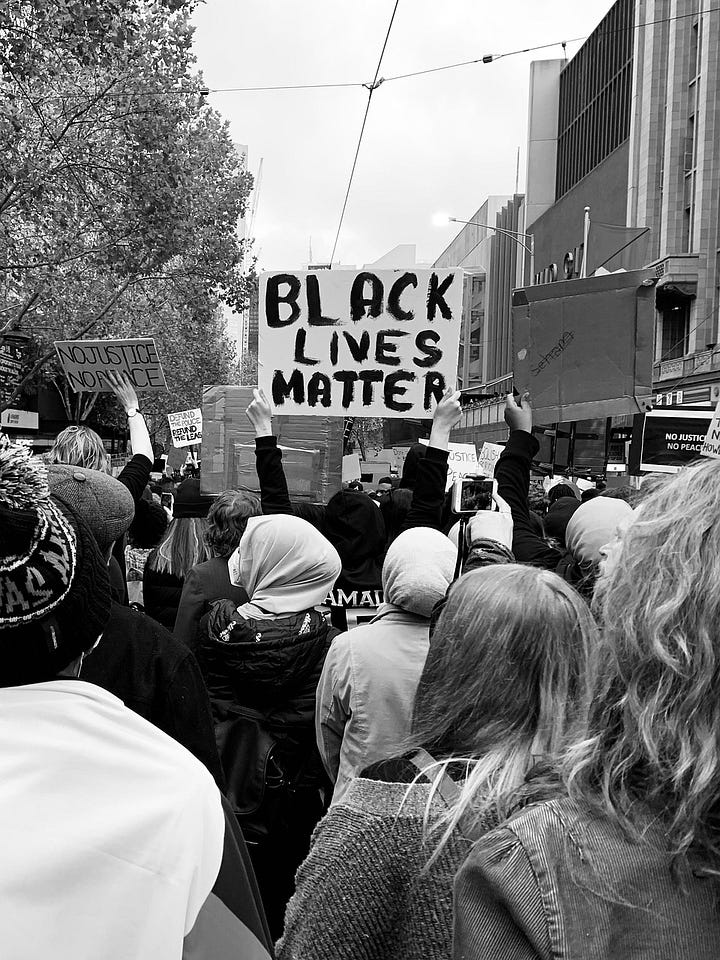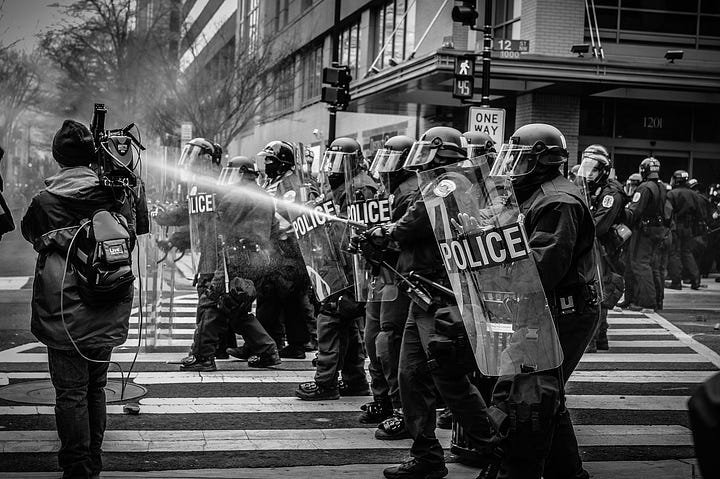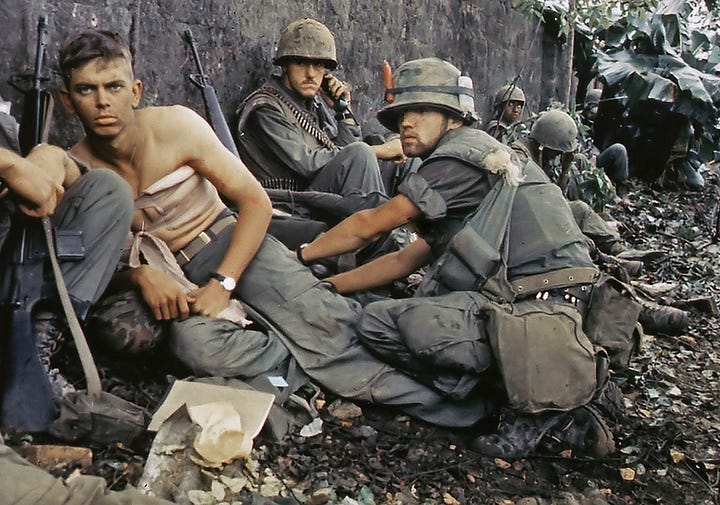Time to Remember and Rethink a Soulful Protest Standout
This Motor City classic set a smooth standard for urban protest music




Memories usually make the past seem better than the present. Everything felt easier back in the day. But your built-in personal bias tends to favor the good times over the bad.
Who wants to rehash the bad times? We spend decades recovering from all those old traumas.
By the early 1970s, rock music and the Motown sound were blasting on all cylinders. The Beatles, The Jackson 5, The Rolling Stones, The Temptations, Creedence Clearwater Revival, and Sly & the Family Stone all rolled of chart-topping hits.
America was awash in good and bad vibrations: Woodstock (1969), the Apollo 11 Moon landing (1969), the Vietnam War (1955-1975), Kent State shootings (1970), and, of course, sex, drugs and rock ’n’ roll.
In 1971, one of the nation’s smoothest soul singers surveyed the global landscape and wrote one of the greatest songs (and album) in popular music. The song was totally different from his normal R&B sweet love song style.
It was a song/album about social turmoil. It was a song/album about war and the environment. It was a re-evaluation of his musical purpose.
And he had to fight against his own record label to get it published.
A Mesmerizing Masterwork
Motown Records was more than an American record label. It was a powerhouse of African-American musical talent competing against the mainstream recording machine.
Its name derives from ‘motor’ and ‘town’, a reference to Detroit, Michigan, where the automotive industry made its home. So Detroit is also known as Motor City.
In the 1960s, the Motown sound was pushing out hit after hit of soul music infused with crossover pop appeal. It was a juggernaut of success and artistry.
Marvin Gaye stood at the pinnacle of that Motown mountain. His sultry soulful singing and four-octave range allowed him to take a song wherever it needed to go. When you listen to Marvin, you feel the sweetness oozing out of his golden voice.
The title song from What’s Going On did not follow the normal Motown script. Barry Gordy, the founder of Motown, hated the new sound and feared that it would not resonate with Gaye’s broad audience. Gordy viewed the new work as a political song.
Marvin Gaye held his ground. He went on strike to force Gordy to accept this new musical direction. Marvin was now more aware of social issues. His music needed a new purpose as he recounted to Rolling Stone magazine:
In 1969 or 1970, I began to re-evaluate my whole concept of what I wanted my music to say ... I was very much affected by letters my brother was sending me from Vietnam, as well as the social situation here at home. I realized that I had to put my own fantasies behind me if I wanted to write songs that would reach the souls of people. I wanted them to take a look at what was happening in the world.
The artist nicknamed “Price of Motown” searched his conscience, stuck to his convictions and created, according to the critics, one of the greatest albums of all time. Three singles from What’s Going On shot up to the top ten on the Billboard charts, a first for a male solo artist.
For me, the album ranks as one of the most unique and groundbreaking moments for R&B style music mixed with protest songs. It is a masterwork and an evocative message.
Turbulent Times in 2023
As the world stumbles in the post-pandemic malaise, we are all trying to re-evaluate our moral standards and spiritual bearing. In the rear view, Covid-19 was a test for humanity. And it turned out to be a clusterfuck of failures.
What’s Going On is as relevant a statement today as back in 1970.
Here’s a rundown of the run down.
Urban centers deteriorating into homeless tent cities
Retail stores shut down due to safety concerns and steal and run attacks
Congress sends billions of dollars to Ukraine to fund the proxy war
Health care and housing costs skyrocket beyond working class wages
Monopolies and megabucks control medicine, agriculture, mass media, universities and domestic and foreign policy
Ball of Confusion (That's What The World Is Today), another Motown hit from 1970, sums up the overall situation, as The Temptations sang:
Great googa-looga, can't you hear me talking to you
Sayin' ball of confusion
That's what the world is today, hey, hey
Coda
As a thirteen-year-old in the 1971, I was finding my musical roots. Motown, rock ‘n’ roll, country, funk, pop and some jazz were all on my radar. We listened to radio stations from across big city and small town America.
It was up to us to scan the airwaves day and night, not be a victim of a preset algorithm like platforms today.
We never felt like a market demographic; we just searched for the coolest sounding stuff from anywhere. We bought albums to play over and over again.
In 1973, Marvin Gaye released Let’s Get It On, a glorious fusion of funk and soul that further cemented his unmatched legacy.
One sweaty Texas summer day, my older brother, JR, and I, along with the Ellis brothers, sat in their narrow duplex apartment listening to single records. The old stereo cabinet player repeated Let’s Get It On over forty times back to back. We didn’t miss one beat.
Marvin Gaye set the tone early for both my ecological awareness and my passion for protest songs.
===========================
If you like the songs and/or essays, please help me distribute them by sharing and following me on Twitter, Substack and Instagram.
I appreciate your time, support and aid in this endeavor. Except in special cases, my original songs are free to the public. Please be mindful that alterations for racist intent is not permitted. Be critical, not hateful.


